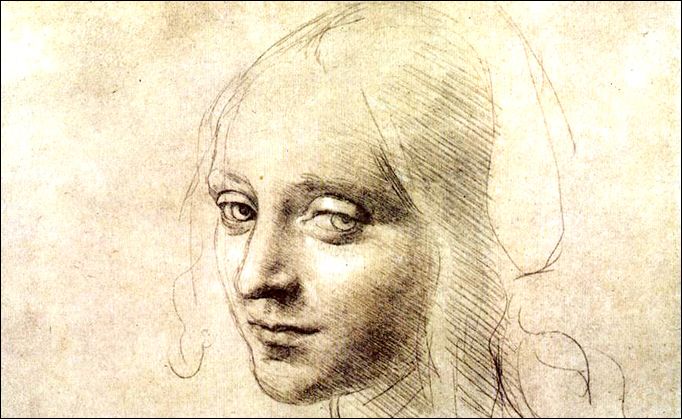When we talk about freedom, we’re speaking about the work an individual to achieve freedom from unnecessary laws.
In order to understand this, it is first necessary to see man as a microcosmos. Man is a microcosmos because, like the universe, he has within him layers of realities. What this means is that man’s inner life contains the possible experience of many different worlds. This is what makes man different from other animals. We have a greater built-in capacity to perceive more worlds or different scales.
Oddly this works both ways for man; compared to animals like cats, dogs, and cows, man has the capacity to perceive, or to live in, higher and lower worlds. Man’s capability for compassion, love, empathy, and self-sacrifice demonstrate his capacity to act from a higher world, and his capability for abnormal cruelty and greed demonstrates his capacity to act from a lower world. Animals don’t have the possibility to experience the top and bottom levels that make up the complexities of man’s psychology.
Personality, essence, and higher centers comprise three different inner worlds, or realities, in man. Essence has fewer laws than personality, but essence is under more laws than higher centers. Personality is heavy with laws, and higher centers feel free because they are under fewer laws. We can take this very simply. There are many experiences in personality that can be quite normal, like greed, worry, fear, and selfishness. In personality these weaknesses or actions are the law. People who live in personality are even proud of weaknesses like vanity, or dominance, or the expression of certain types of negative emotions, all of which are quite unnecessary, and all of which keep us in a lower part of ourselves.
Essence is already more free. Think of a child before the age of five. Think of how children are free from worry and embarrassment. This is essence. We see the world more directly because essence is free from the dark glass, or the laws, of personality. From essence to higher centers we automatically lose all physical laws, laws connected to the body, like having to eat and taking care of our health. Higher centers exist outside of these laws, which in itself is very liberating.
The worlds of personality, essence, and higher centers also exist outside of us. The world of essence is much of what we think of as natural; trees, plants, soil, vegetables, grains. Animals function primarily from essence. It’s refreshing to walk in the woods or in a garden because nature represents essence and being in nature tends to bring out essence in us. Pets like dogs and cats tend to bring out our essence because they live in essence. In the same way a city will tend to bring out personality. Much of what a man builds is an expression of his personality, that is, his vanities, fears, ideas, and desires.
Flowers, because they are the sex organs of plants, are a mechanical expression of the higher emotional center. We can say that sex, for humans, functions with the same intensity of energy as the higher emotional center. Fire, the stars, and light are also mechanical outward expressions of this world.
Art can express different worlds depending on the being of the artist. An interesting point here is that it is the being of the artist, not his talent, that determines whether he expresses the world of essence, personality, or higher centers. Talent gives an artist a greater capacity to communicate his experience, but it doesn’t determine the level of experience he will choose to depict. For example, music that expresses positive emotions like compassion or love—for instance, the music of Bach—can be an expression of the artist’s experience of higher centers.
Sculpture and painting can depict the world or energy of higher centers, as does, for instance, many of the portraits of Rembrandt or Leonardo or the best of ancient Greek sculpture. Portraits can express all three worlds, depending on the artist and the subject. An artist may know higher consciousness firsthand but may choose to depict the personality of his subject, as Rembrandt sometimes did. On the other hand, most landscape paintings express essence. That the artist chose nature as his subject probably tells us that he wanted to express that world. The Impressionists, for instance, often capture the world of essence. Paintings of ideas, as well as many abstract paintings, express the personality of the artist.
Music, when it aims to communicate anger or bitterness, also expresses the personality of the artist. This doesn’t mean that it’s bad art; it simply means that the painting or the composition works on the level of personality, which means that it will likely only affect the personality of the people who look at it or listen to it. In order to communicate the experience of higher centers or essence, the artist needs to create from essence or higher centers.
Freedom from unnecessary laws means to function from higher centers, to function from different worlds. These worlds are under fewer laws, which is what real freedom means.
This is another way to understand being present: it is an attempt to be under fewer laws. It begins to give freedom from unnecessary laws. We become free from a whole world of weaknesses and vices that are connected to regretting the past and worrying about the future.
William Page is the author of the Fourth Way blog BePresentFirst.
For other recent articles from William on the Fourth Way in this e-magazine, see: https://fourthwaytoday.org/author/william-page/
